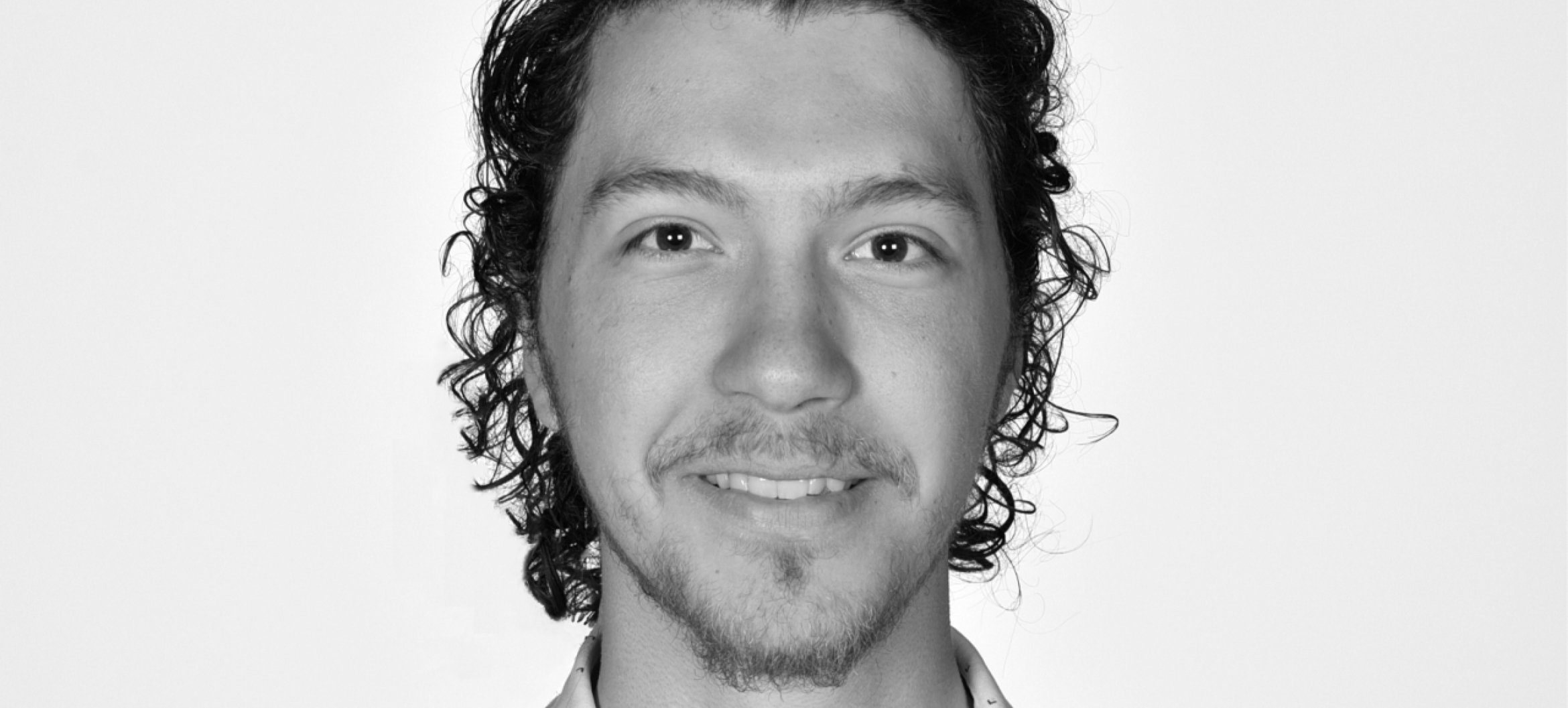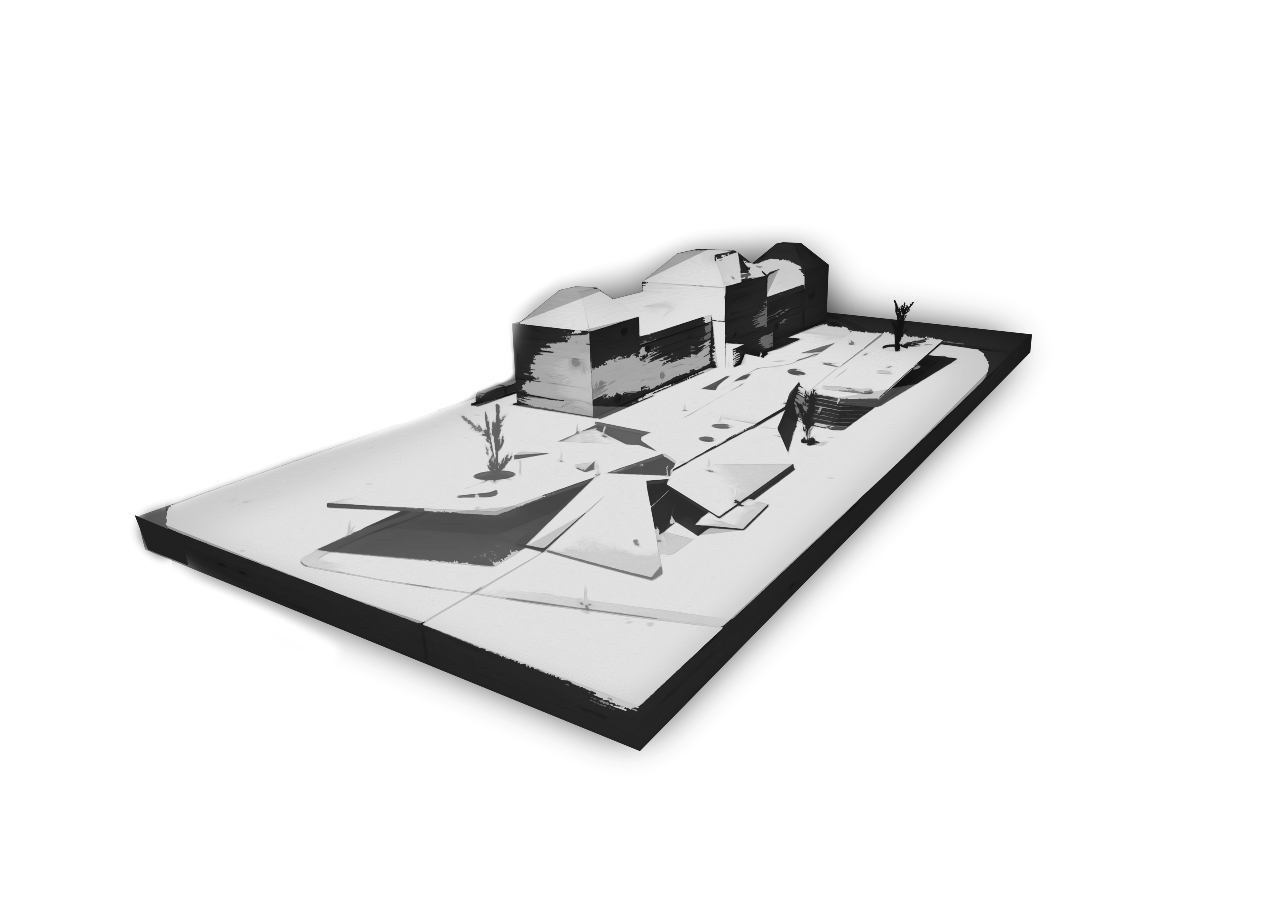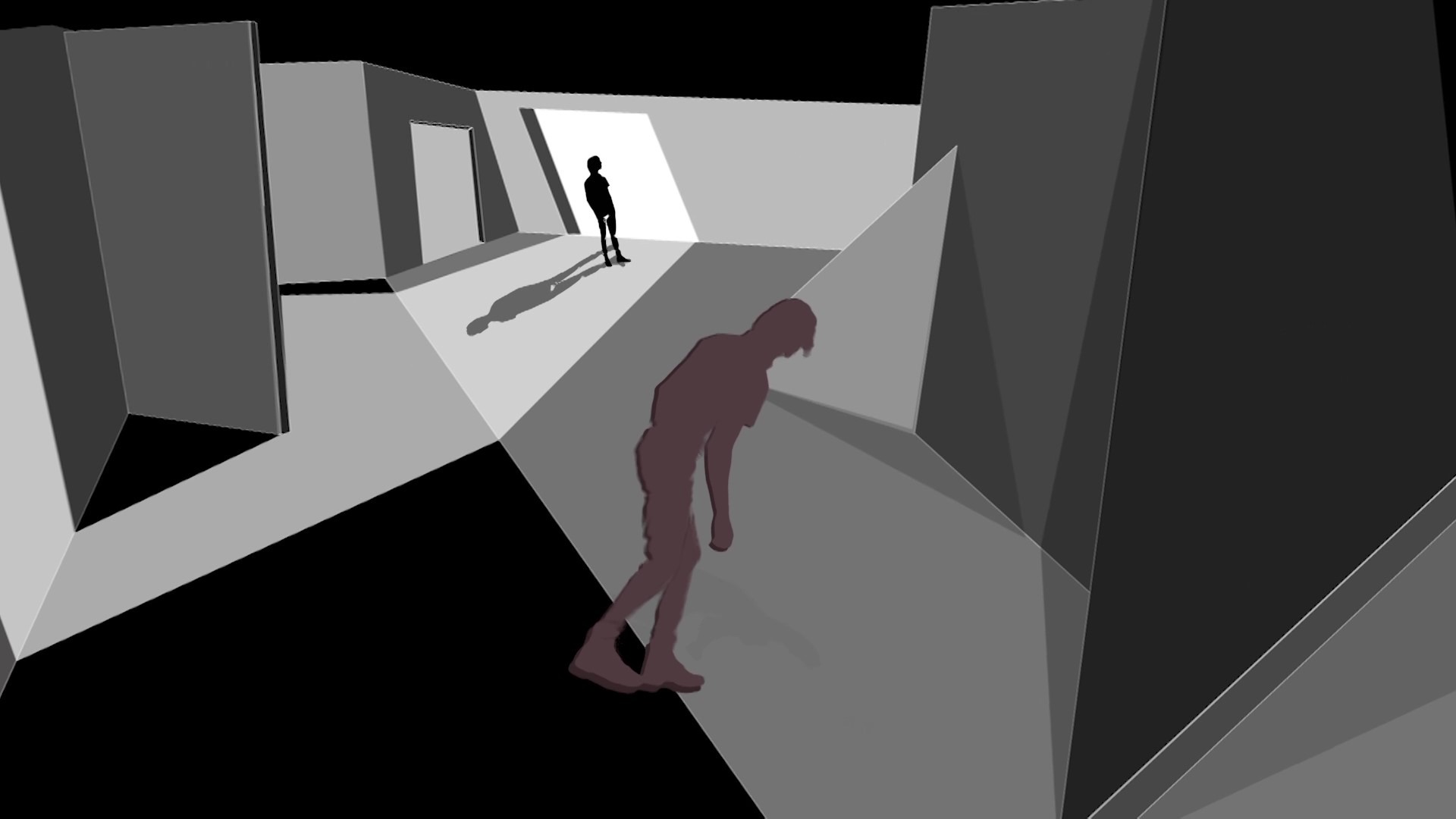Finding inner peace in a hectic world thanks to interior architecture
- Architecture and...
Egypt, a land of quintessentially rich cultural heritage. It’s not a surprise, then, that Ibrahim Diab, a Dutch-Egyptian student born and raised in Cairo, was inspired to study the Bachelor of Interior Architecture at the ArtEZ Academy for Art & Design in Zwolle. “In Egypt there are thousands-year-old pyramids and temples still standing all around you,” Ibrahim told us right before his graduation.

“The fact that you helped make something, have been dead for thousands of years while that building is still there was an inspiration for me to do this course,” he continued, “even though I didn’t know anything about architecture at the time. I thought it was simply drawing walls and a roof, haha. The course has taught me everything I need to know to be an architect.”
Doing away with chaos
His finals production is a new spatial design for the front entrance of the Groningen train station. Ibrahim’s design uses the space to take away the chaos and rush around the station’s front area from travellers, so that they are more able to focus on their own feelings and bodies. “The front entrance of the Groningen station is a concrete example of a place where you could apply my finals research,” Ibrahim remarks. “I mean, as humans we live in two different worlds: our inner worlds and the world we interact with outside of ourselves. In the past, when we were all living in nature, the inner world was easily accessible. The most pressing matter you had to think about was finding food: by hunting, for example. Nowadays we are all much busier: you have a lot more to do and a lot more is expected from you in daily life. In a setting like this, after a while your inner world will start to fade into the background and thus the outer world dominates your attention. As a result, our lives now mostly concern doing things related to the outside world and we no longer pay attention to our inner world. I have been doing research on how you can bring back that connection to the inner world, based on the space in which you find yourself.”
This course has taught me how to use architecture to contribute something meaningful to society.
“The key here lies in the relationship between space and the body,” Ibrahim continues. “Everything your body experiences has an effect on your inner world. Say for example, you’re walking through a city centre, it’s very busy and you are completely distracted by what's going on all around you. If you would trip over the kerb and feel pain, from that moment on you would not even hear the outer world anymore. And the reason why would be that physical movement. This is an extreme example, of course, so I did research into how I can produce that kind of effect in a space in a less extreme manner.”

Groningen train station
This research naturally led to Ibrahim’s design for a new layout of the train station entrance in Groningen, the city where Ibrahim’s mother lives and therefore a city where Ibrahim spends much of his time. “The setup of the station’s front entrance doesn’t work well. It's quite chaotic: everyone is running around getting mixed up, both cyclists and pedestrians. The municipality of Groningen is aware of the problem; they also want to relieve the strain here.” Above and below, you can see images of Ibrahim’s work. “Here’s an example: you’re walking to the station and you see a floor that angles down that you need to walk on. Because of that, you pay attention to your body movements instead of being on autopilot going from point A to point B. With these kinds of new, small movements, your body and the space blend and relate into each other, and you become more aware of yourself.”

Authorship
This is what Ibrahim wants to contribute to society: helping people to be calmer and more in tune with themselves instead of getting tossed around in the waves of the outside world’s chaos. “It might be a cliché to say, but if I can contribute somehow, even just a little something, then I would love to do so. This course has taught me how to use architecture to do just that. The teachers called it 'authorship': from the first moment at ArtEZ, we had to take an honest look at ourselves and ask ourselves, ‘what do I want to accomplish with this field?’ That mindset has influenced my peers to all take different and diverse career paths. You also get lots of feedback on your ‘authorship’: the teachers will take a look at your work with a lens of, 'does it show initiative?' That sense of authorship and contribution is the centrepiece of what I have learned in this course.”
Check out more of Ibrahim’s work at artez.nl/finals
Learn more about the Bachelor of Interior Architecture


